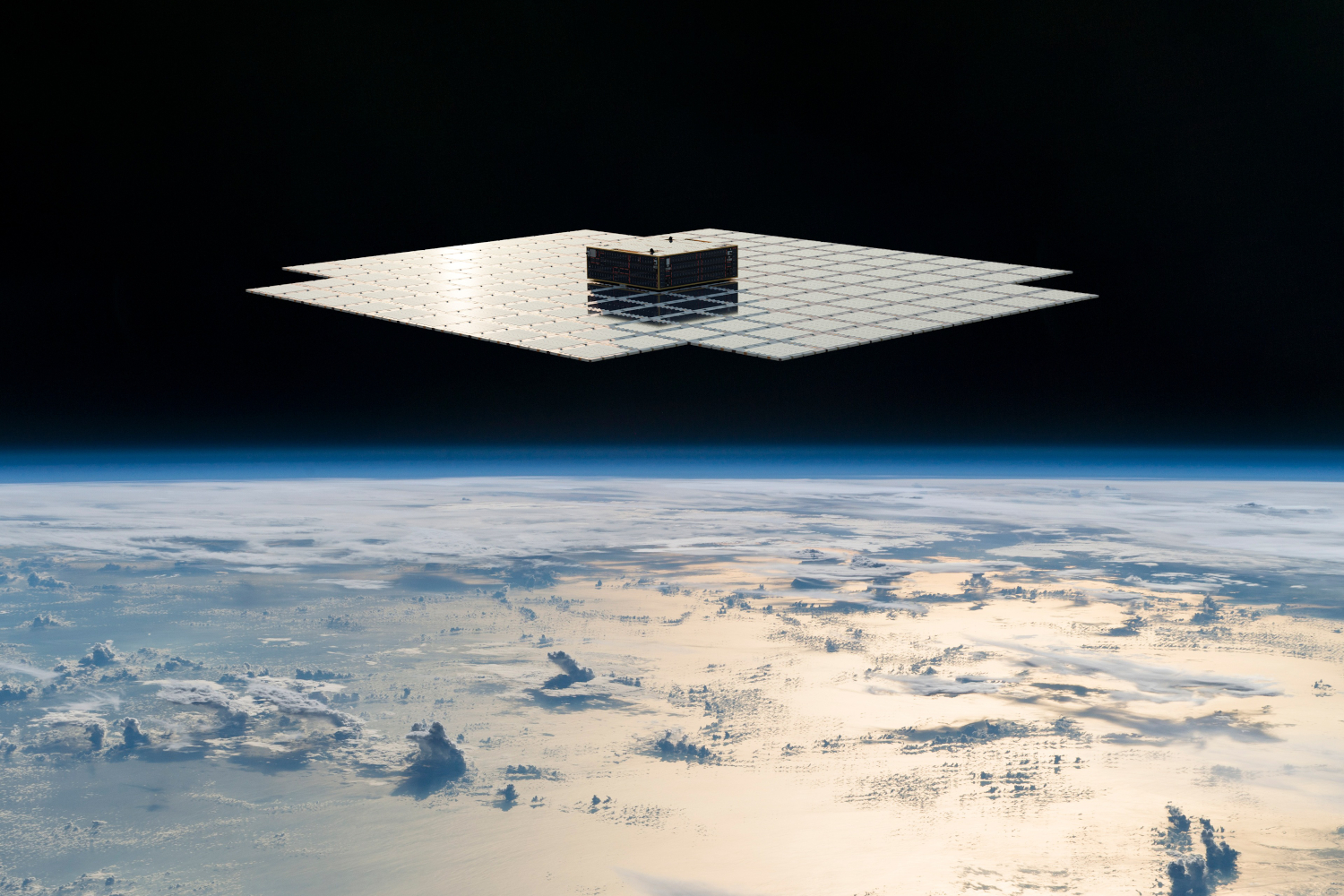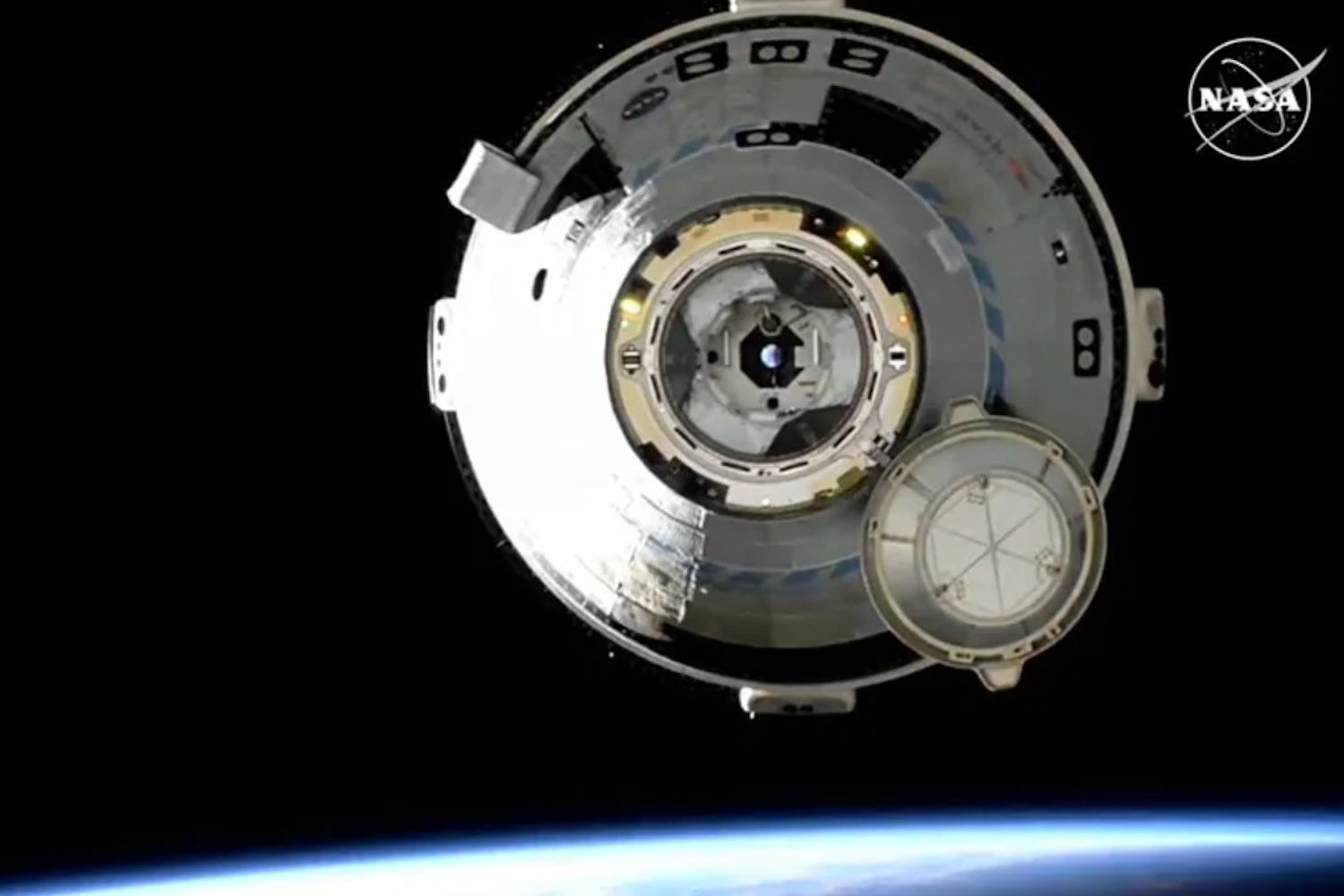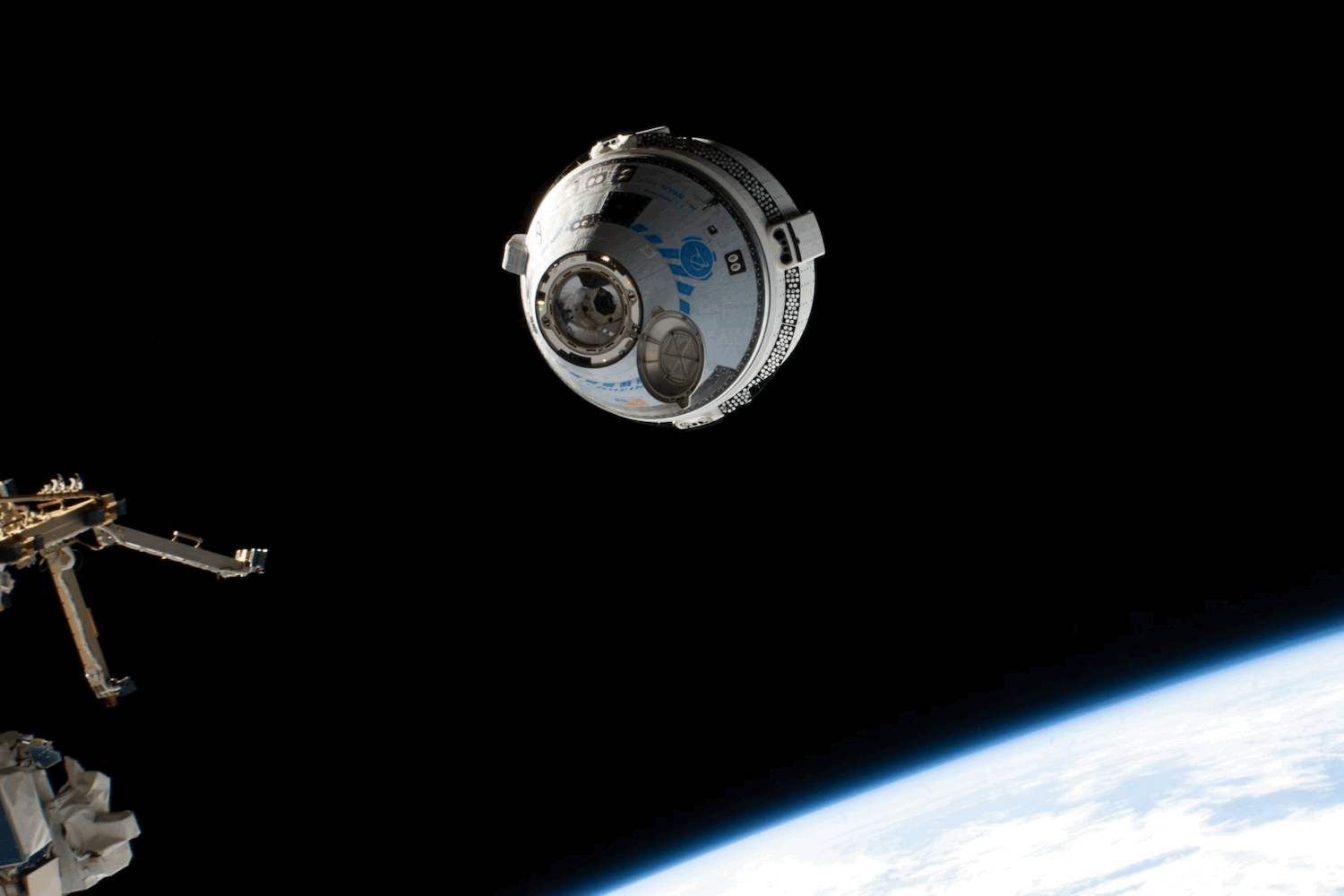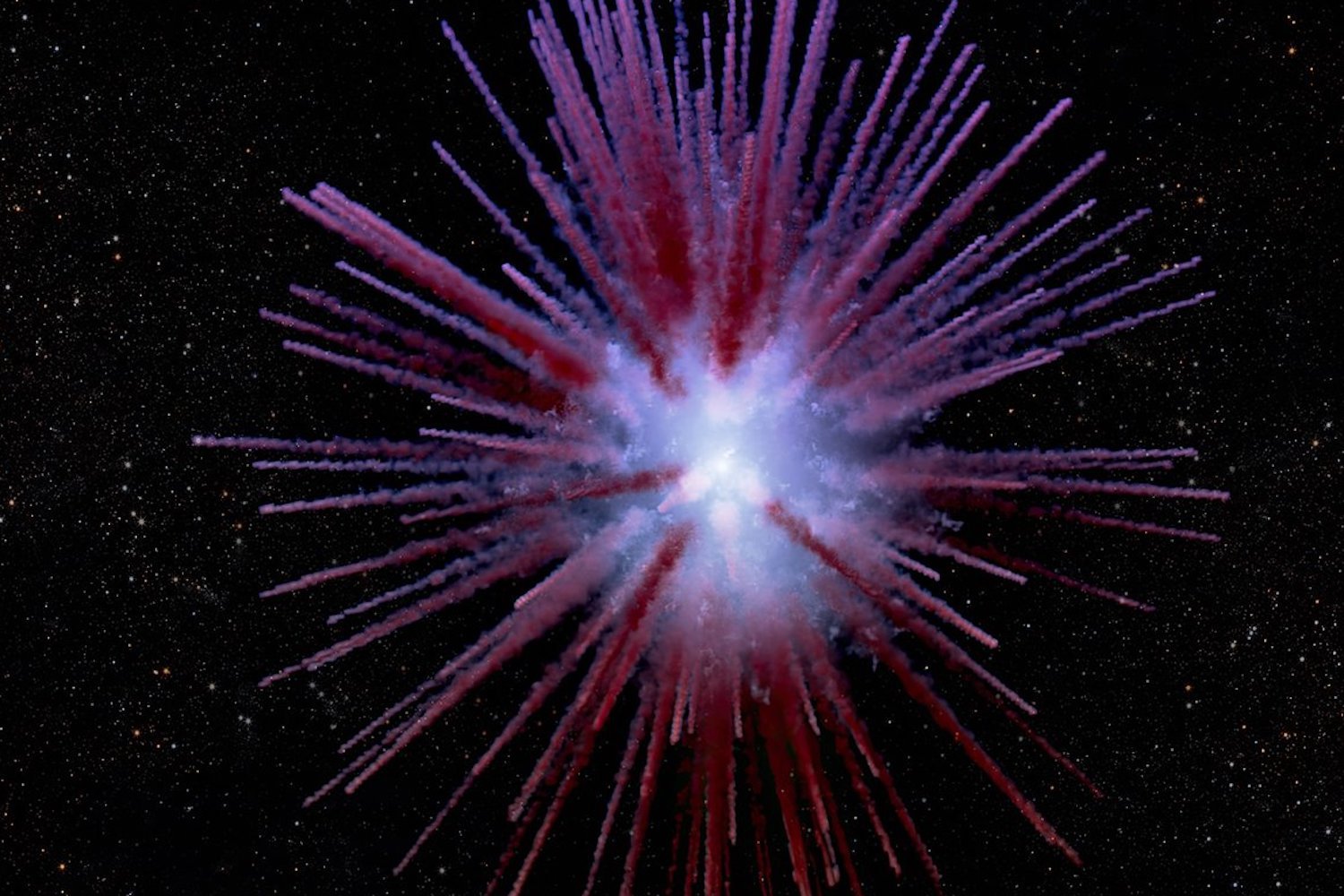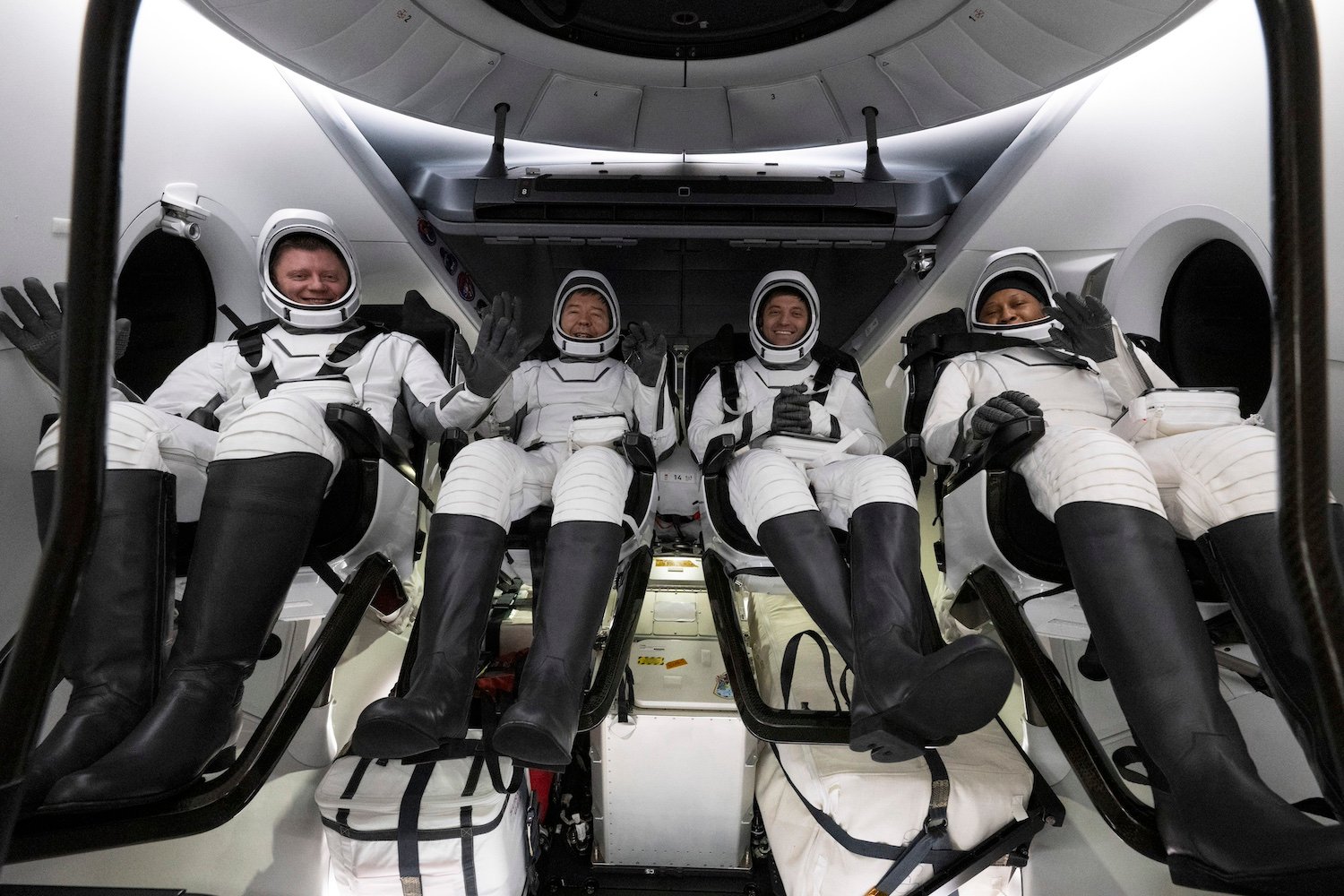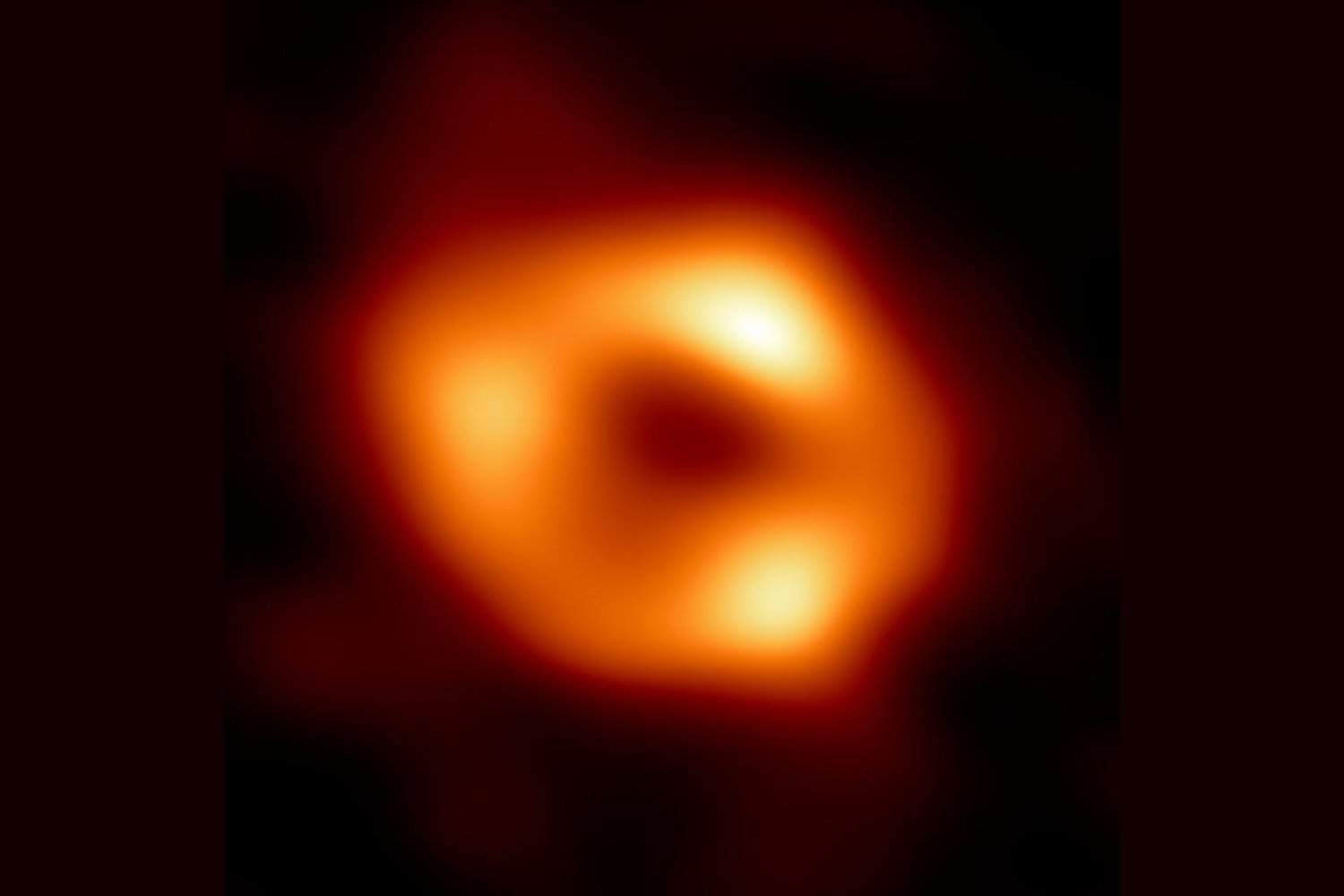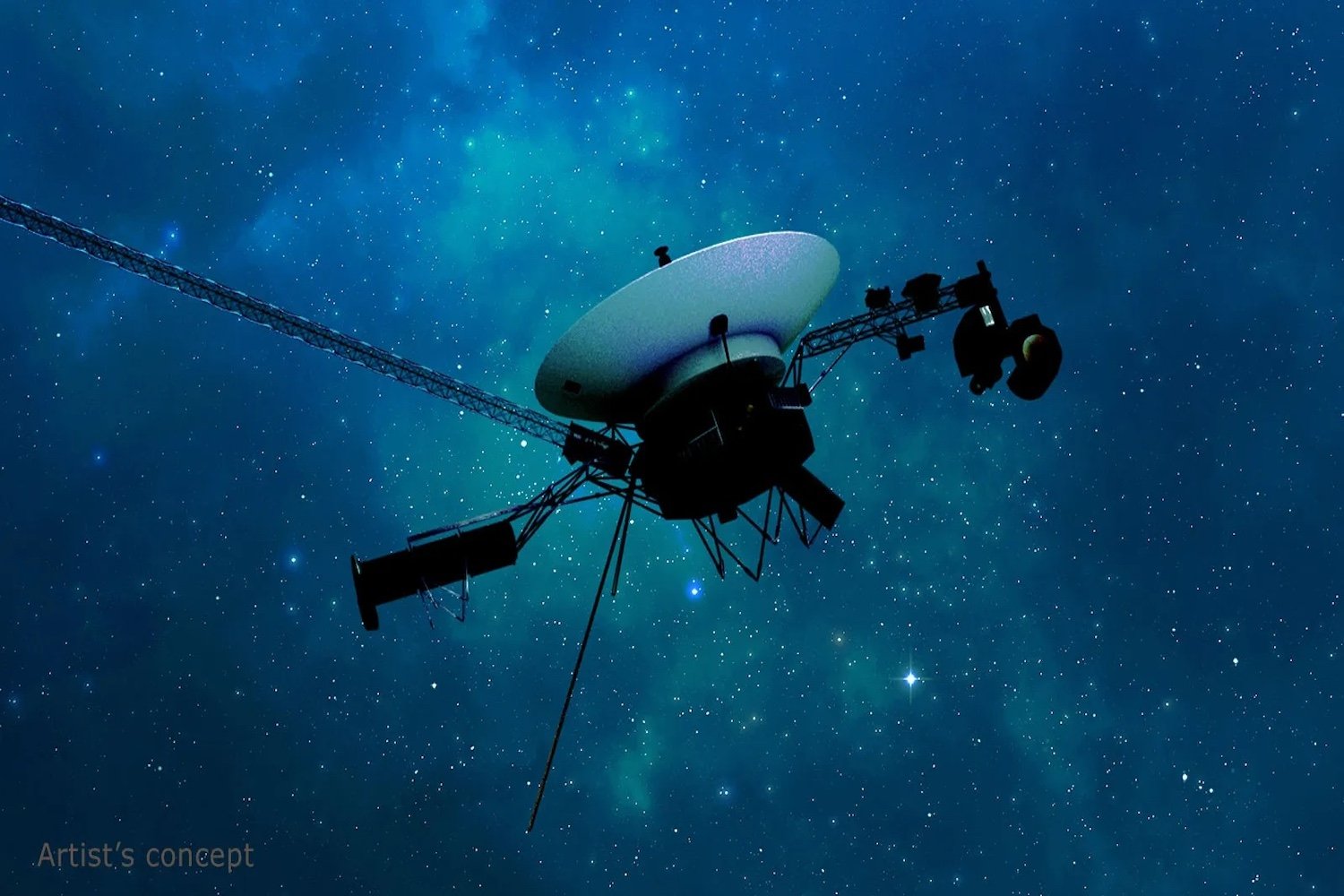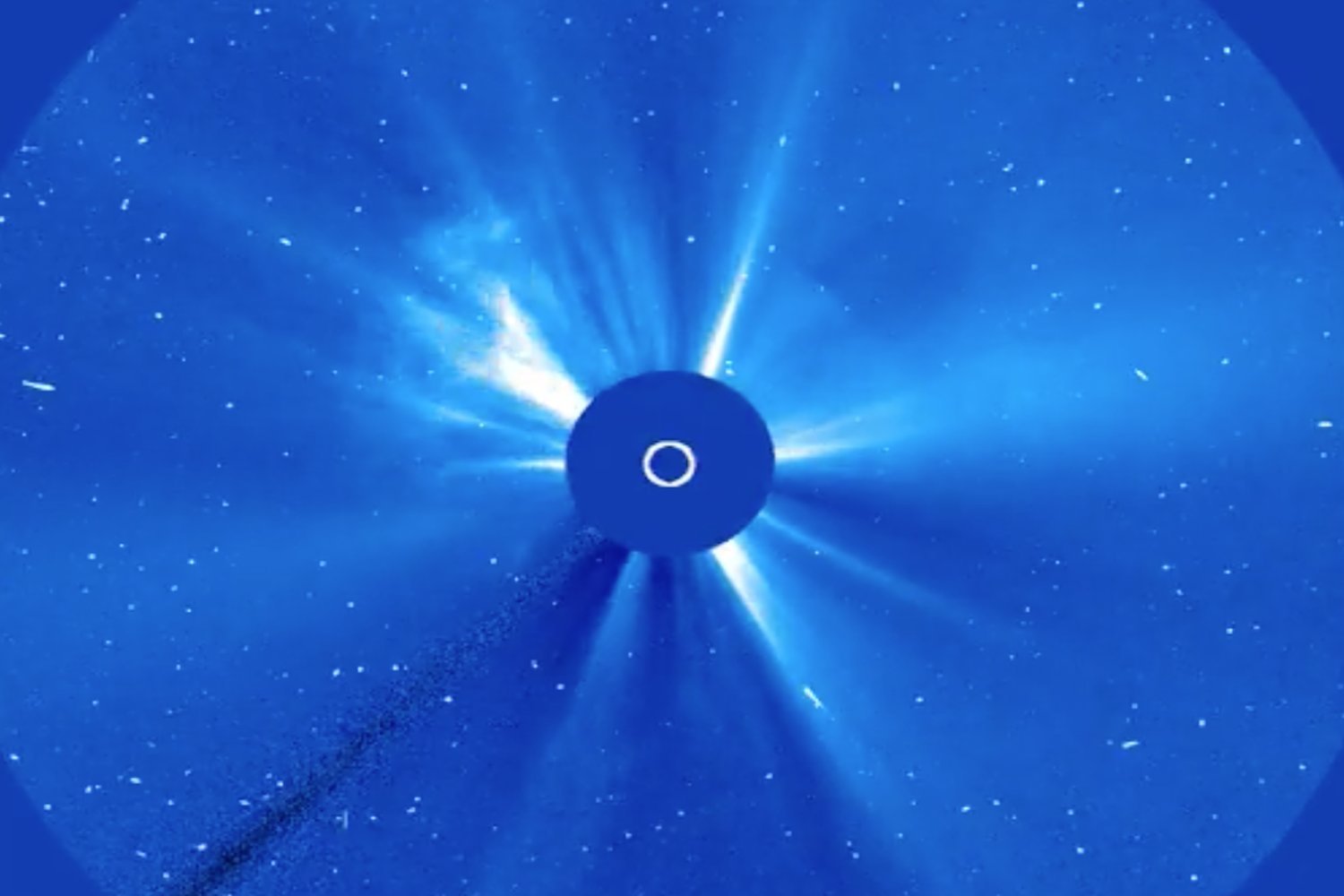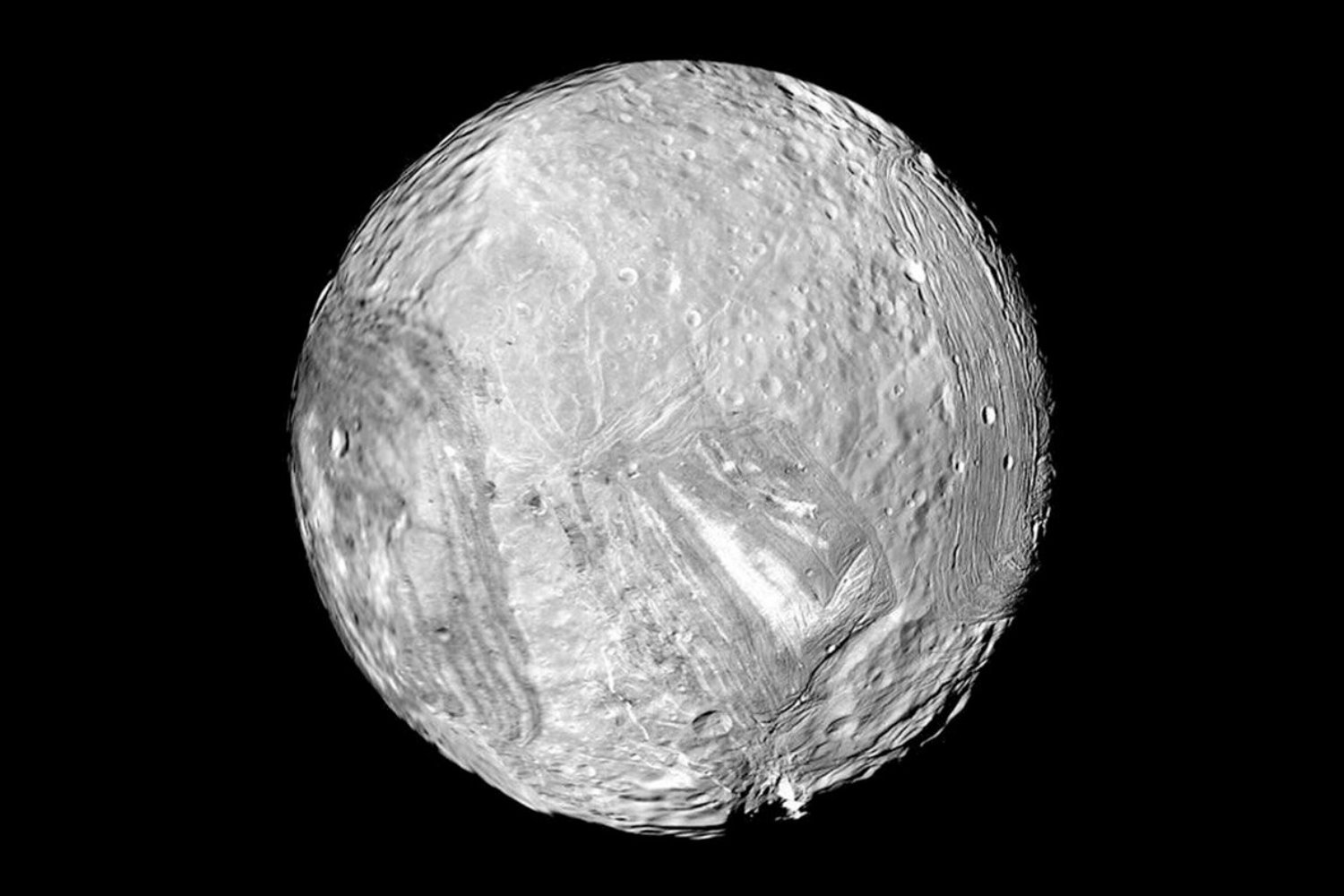AST SpaceMobile has deployed five massive satellites, each with the largest commercial communications array ever seen in low Earth orbit. This marks a significant step in their plan to create a space-based cellular broadband network, but it also raises concerns for astronomers. These enormous structures, spanning 693 square feet (64 square meters), significantly outshine most celestial objects, hindering observations of the universe.
This is just the beginning for AST SpaceMobile. The company plans to launch a constellation of over 100 satellites to provide comprehensive coverage across the U.S., with plans to build even larger satellites with ten times the capacity of the current BlueBirds. While this technology promises to revolutionize mobile connectivity, it comes with potential consequences for scientific research.
In September 2023, AST SpaceMobile successfully completed the first-ever 5G phone call from space to a standard smartphone using their prototype satellite. This groundbreaking achievement demonstrated the potential of their technology, allowing direct broadband connection from space to regular cell phones. However, this innovation casts a shadow – literally – on astronomical observation.
The prototype satellite, BlueWalker 3, deployed its massive array in late 2022. Studies revealed that its brightness rivaled some of the brightest stars in the night sky, outshining all but the Moon, Venus, Jupiter, and a handful of stars. Its increased brightness, after deploying the antenna, was dramatic, making it easily visible to the naked eye. Now, with five more BlueBirds in orbit, the impact on astronomical visibility is amplified.
This influx of large satellites contributes to a growing concern: the increasing congestion of Earth’s orbit. According to experts, the number of large satellites has increased fivefold in the past 12 years, posing a significant challenge to space sustainability. A group of space experts voiced their concerns to the Federal Communications Commission (FCC), urging for stricter regulations to prevent the creation of excessive space debris. They emphasized the urgency of addressing this issue before it becomes an insurmountable problem.
The experts’ letter highlighted the need for environmental reviews for satellites, a practice currently excluded by the FCC. They stressed the importance of proactive measures to mitigate the potential negative impacts of these large constellations. AST SpaceMobile isn’t alone in this pursuit; companies like SpaceX, Amazon, OneWeb, and Lynk Global are also developing space-based communication networks, further exacerbating the issue.
These satellite constellations, while promising enhanced connectivity, have undeniable consequences for astronomy. The satellites, even those not visible to the naked eye, obstruct astronomical observations crucial for detecting asteroids and understanding the universe. This disruption could hinder scientific advancements and our comprehension of the cosmos.
In conclusion, the proliferation of large satellites like AST SpaceMobile’s BlueBirds presents a complex dilemma. Balancing technological advancement with the preservation of our view of the universe is a crucial challenge. Careful regulation and sustainable practices are essential to ensure that our pursuit of innovation doesn’t compromise our ability to explore and understand the cosmos.



